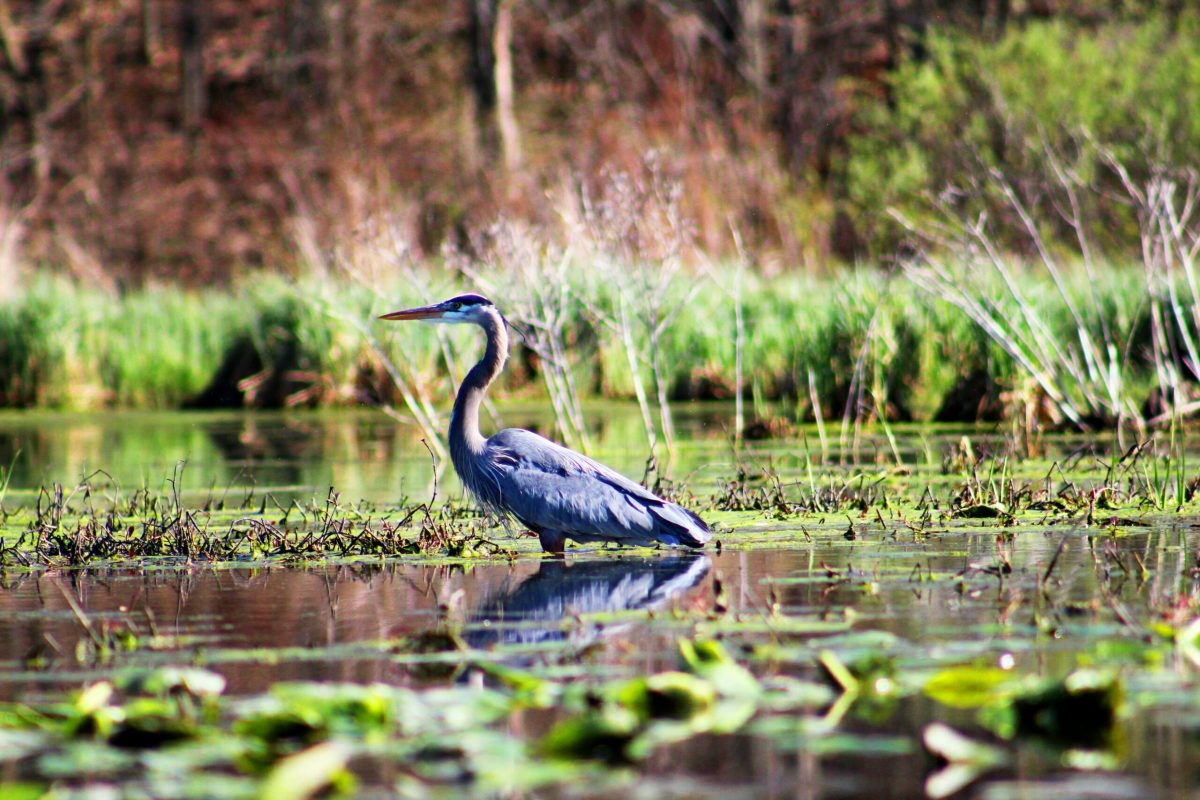Natural Wetlands are often underestimated, but these incredible ecosystems are true environmental powerhouses. More than just soggy ground, wetlands are vital to a healthy planet, offering a range of benefits that protect our environment and support sustainable practices. Understanding their importance is crucial for anyone interested in environmental stewardship, and for those working to find innovative solutions for a more sustainable future.
What Exactly Are Wetlands?
Wetlands are areas where water covers the soil, or is present either at or near the surface of the soil all year or for varying periods of time during the year, including during the growing season. Think of marshes, swamps, bogs, and fens—each with its unique characteristics, but all sharing the common trait of being saturated with water. This constant presence of water creates a unique environment that supports specialized plant and animal life, making wetlands incredibly biodiverse.
From the vital coastal wetlands and salt marshes near Long Beach, California, to the vast freshwater swamps of the Everglades, wetlands come in many forms. They are dynamic landscapes where land and water meet, creating a crucial interface that performs essential ecological functions.
The Unsung Heroes of Our Ecosystems
The benefits of wetlands are extensive and often go unnoticed. Here are some of the “cool things” wetlands do:
1. Natural Water Filters
Wetlands act like giant sponges, filtering pollutants from water as it flows through. The dense vegetation and unique soil conditions can trap sediments, absorb excess nutrients (like nitrogen and phosphorus from agricultural runoff), and even break down some toxins. This natural purification process helps improve water quality in rivers, lakes, and our drinking water supplies. Imagine the cost and energy it would take to build artificial systems to achieve the same level of filtration—wetlands do it for free!
2. Flood Control and Storm Protection
During heavy rainfall or storm surges, wetlands can absorb and store vast amounts of water, slowly releasing it over time. This reduces the severity of floods downstream and protects coastal communities from erosion and storm damage. Mangrove forests in tropical wetlands, for example, act as natural barriers against tsunamis and hurricanes, safeguarding shorelines and infrastructure. In a changing climate with more extreme weather events, this protective role of wetlands is becoming increasingly critical for building resilience into our communities and ecosystems.
3. Biodiversity Hotspots
Wetlands are teeming with life! They provide essential habitats for a wide array of plant and animal species, including many endangered ones. Birds, fish, amphibians, reptiles, insects, and unique plant communities all depend on wetlands for food, shelter, and breeding grounds. These rich ecosystems are crucial for maintaining genetic diversity and the overall health of our planet’s wildlife.
4. Carbon Sequestration
Did you know wetlands are excellent at storing carbon? Peatlands, a type of wetland, store more carbon than all other vegetation types in the world combined. The waterlogged conditions slow down decomposition, allowing organic matter to accumulate and trap carbon dioxide from the atmosphere. This makes wetlands important allies in the fight against climate change.
Wetlands and Environmental Credits: A Powerful Tool for Sustainability
The immense value of wetlands has led to their recognition as crucial assets in environmental sustainability efforts. For companies looking to offset their environmental impact and invest in meaningful conservation, wetlands often form the basis of environmental credit projects.
Here’s how this innovative approach works: When a wetland is restored, preserved, or created, it generates “credits” that represent the environmental benefits it provides (e.g., improved water quality, increased habitat, carbon sequestration). Companies can then purchase these credits to compensate for their own unavoidable environmental impacts elsewhere. This system not only provides a financial incentive for developers and landowners to protect and enhance wetlands but also allows businesses to:
- Fund sustainable projects: An investment directly supports the restoration and long-term maintenance of vital wetland ecosystems.
- Achieve sustainability goals: Environmental credits can help companies meet their corporate social responsibility (CSR) targets and demonstrate a commitment to environmental stewardship.
- Gain a competitive edge: Consumers and investors increasingly favor businesses with strong environmental ethics.
This is a powerful mechanism that transforms environmental challenges into opportunities for sustainable investment and positive change.
Preserve, Protect, Restore.
Despite their incredible benefits, wetlands are among the most threatened ecosystems globally. Development, pollution, and climate change continue to degrade and destroy these vital areas. Recognizing their importance is the first step; actively working to restore and protect wetlands is essential.
By understanding and valuing wetlands, and by supporting initiatives that generate environmental credits through their preservation, we can all contribute to a more sustainable and resilient future. Let’s champion these natural superheroes and ensure they continue to thrive for generations to come.


